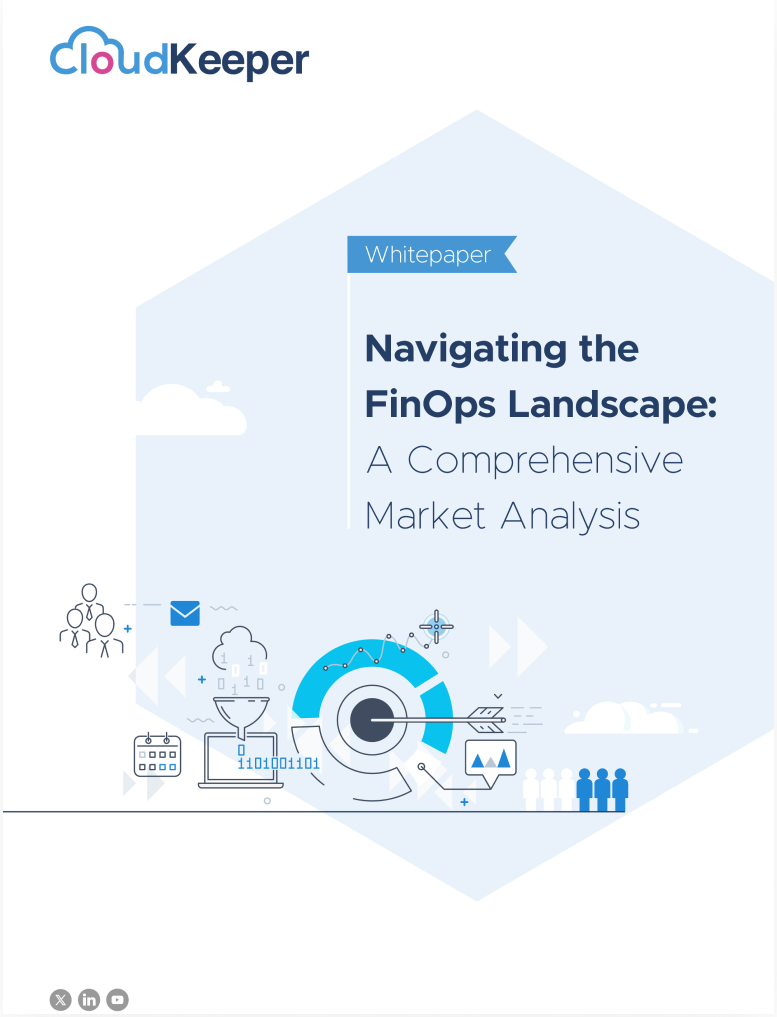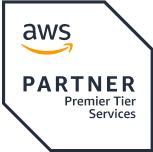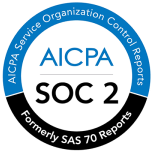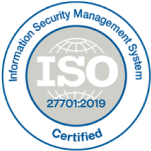We all know that keeping tabs on cloud spending is crucial, but let’s face it - it's often as clear as mud. About 53% of companies who have already deployed Cloud FinOps guardrails still feel a lack of clarity about costs.
To tackle this, it's crucial to have a clear visibility into how you use cloud resources and what they cost you. A strong cloud cost analytics framework is instrumental in successfully managing cloud costs, ensuring a more streamlined and informed Cloud FinOps strategy.
Without much ado, let's dive straight into the basics of cloud cost visibility and the common challenges that organizations often encounter when trying to understand what's going on with their cloud infrastructure.
The What, Why, and How of Cloud Cost Visibility
The core concept of cloud cost visibility revolves around understanding the various costs associated with running your cloud infrastructure. This involves diving into your cloud services and instances and coming out with a clear picture of where your money is going. Think of it as the process of monitoring, tracking, and analyzing your cloud costs, and then getting actionable tips on how to optimize these expenses. Some of the more advanced tools even throw in cloud cost forecasting features to help you plan better.
Simply put, cloud cost visibility gives you the power to visualize, comprehend, and optimize your cloud costs. It is not just about making information available, but to derive insights from them and to deliver actionable recommendations.
Thankfully, cloud providers have thrown us a lifeline here with in-house visibility tools. AWS Cost Explorer is one such tool offered for AWS cost analytics and usage forecasting. Similarly, you have Azure Cost Management for streamlining your Azure usage costs with in-depth Azure cost analytics.
Now, you might think, "Great, we have the tools, so what's the big deal?". Well, if it were that simple, everyone would be a pro at it (remember the statistic we mentioned earlier?). So what’s holding you back from implementing crystal-clear visibility measures on your cloud infrastructure?
Challenges to Cloud Cost Visibility
In the ever-changing landscape of the cloud ecosystem, achieving cost control necessitates a proper cloud cost tracking and analytics strategy. However, attaining cloud cost visibility proves to be a formidable challenge for numerous organizations, akin to navigating a labyrinth. There are quite a few reasons for this.
Complex Cloud Prices: Cloud providers like AWS, Azure, and GCP boast a plethora of services, each with unique metrics and pricing models. This, on the flip side, makes cost comprehension a challenging feat.
Tagging Quandaries: Efficient tagging is crucial for accessing accurate cloud cost reports. However, the complexities and efforts involved can lead to inaccurate reports and cost mismanagement.
Dynamic Cloud Resources: The scalability of AWS resources introduces unpredictability into cloud cost forecasting, much like predicting the weather.
No Granular Reports: Monthly bills from native analytics tools like the AWS Cost Usage Report or Azure Cost Management lack granularity, hindering the ability to break down costs for different departments or services.
No Central Dashboard: Managing multiple cloud user accounts could be as difficult as herding cats. While consolidated billing is an option, it lacks efficiency in providing a centralized overview.
Multi-Account & Multi-Region Challenges: Organizations with dispersed cloud accounts or resources across regions encounter difficulties in tracking and managing costs.
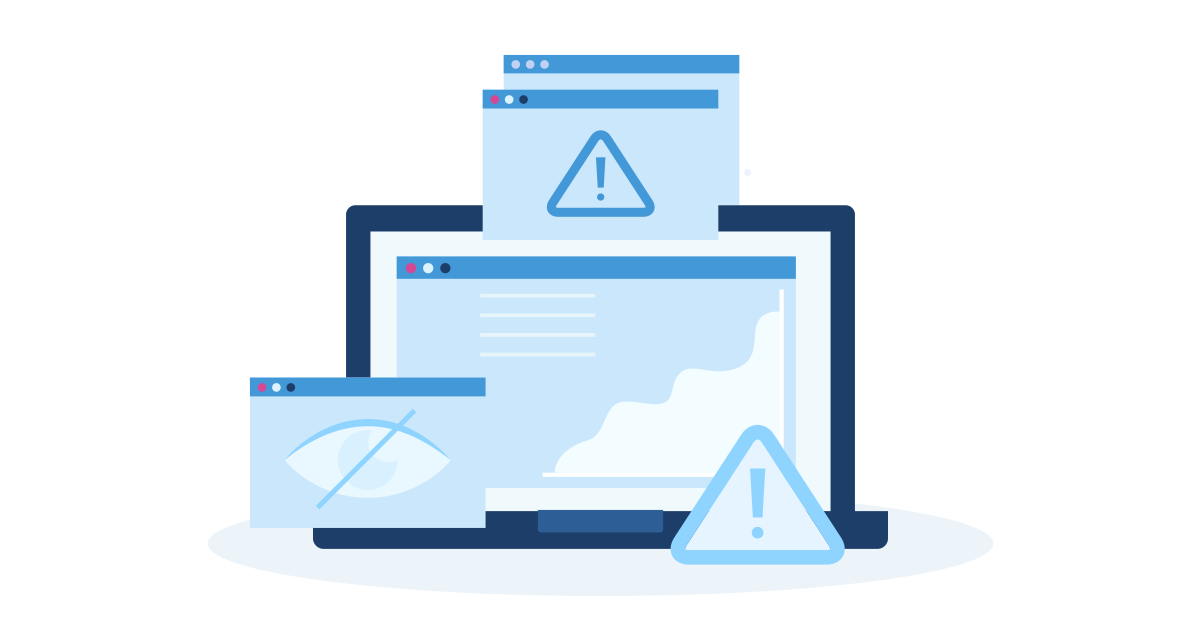
Impact of Poor Cloud Cost Visibility on Your Finances
In the face of these obstacles hindering a straightforward, walk-in-the-park approach to achieving robust cloud cost visibility, one might be tempted to opt for subpar outcomes. But that’s a problem in itself since this play of hide and seek with cloud costs could have multiple repercussions.
Operational Disruptions: Overlooking performance lags or system downtime can unleash havoc on day-to-day operations, leading to disruptions that may go unnoticed until they escalate.
Security Vulnerabilities: The absence of a vigilant monitoring system leads to potential data breaches and cyber-attacks, creating vulnerabilities that could compromise sensitive information.
Cost and Resource Inefficiencies: Ineffectively managing and utilizing resources results in operational inefficiencies, driving up costs unnecessarily and impacting the overall financial health of the organization.
Compliance Risks: Ignoring compliance standards opens the door to legal consequences and reputational damage. Non-compliance could lead to regulatory penalties, tarnishing the organization's standing in the industry.
Now that we have understood the hurdles and why you should not just take your hands off the steering wheel, let’s understand the solutions that pave the way for a robust cloud cost optimization strategy.
Unlocking Cloud Cost Clarity
Embarking on a journey to conquer the intricacies of cloud costs demands a strategic approach. Here are essential practices to steer you in the right direction:
1. Build Your Cloud FinOps Team:
Forge a Cloud FinOps team that brings together expertise from development, operations, engineering, and finance. This collaborative effort ensures a cohesive alignment of your cloud infrastructure with overarching business goals.
2. Strategic Tagging for Precision:
Implement a meticulous tagging strategy that mirrors your internal structure and reporting system. Accurate cost allocation hinges on these strategic tags, laying the foundation for precise financial insights.
3. Granular Business Reporting for Informed Decisions:
Dive deep into spending patterns through granular reporting. Uncover opportunities for optimization by scrutinizing resource utilization, allowing you to make informed decisions that positively impact your bottom line and fuelling accurate cloud cost forecasts.
4. Foster a Culture of Visibility with Unified Tagging:
Cultivate a culture of cloud cost visibility by enforcing a unified tagging strategy across all resources. Consistency in tagging practices ensures that every aspect of your cloud infrastructure is transparent, facilitating streamlined cost management.
5. Scale Efficiently with Centralized Cloud Management:
Efficiently manage the complexity of multiple cloud accounts by centralizing control through a unified dashboard. This centralized approach provides a comprehensive overview, empowering you to scale operations seamlessly.
While this might seem like a formidable task, the good news is that a robust cloud cost visibility platform can simplify this journey for you. With the right tools and practices, conquering the cloud cost maze becomes an achievable and transformative endeavor.
Why You Should Bet on CloudKeeper Lens?
While the native cloud cost analytics tools of the cloud providers might have several features, there are several other use cases and needs that span out of their range of capabilities. That’s why you need a comprehensive, one-stop cloud cost visibility solution like CloudKeeper Lens.
The solution offers you real-time insights, cost optimization recommendations, and a granular view of your cloud spending patterns and cost usage. The best part, the solution has:
- No Upfront Costs.
- No Access Requirements to your Cloud Account.
- Support both AWS and Azure Infrastructures.
Practically, the platform requires zero effort from your side and would serve you in-depth insights into your costs, with just a few minutes of onboarding. It also offers a wide array of services that help you tackle your cost visibility challenges.
Billing Summary: CloudKeeper Lens provides a detailed cloud bill summary, unveiling daily spending and breaking down costs across AWS and Azure services, turning numbers into actionable insights.
RI & Savings Plan Utilization: The platform deciphers hourly usage patterns, ensuring reserved instances and savings plans aren't just data points but vital tools for maximizing your cloud investment.
Compute and Storage Services Breakup: With advanced cloud cost analytics capabilities, it helps unravel data transfer charges, identifying services affecting your budget. It's about optimizing spending for operational efficiency.
Daily Cost Breakup Reports: CloudKeeper Lens uses a heatmap to transform daily variations into a visual map, simplifying the identification of specific usage types for AWS and Azure services.
VM Instances & Storage Breakup: The solution goes beyond costs, understanding the most resource-intensive VM instances and storage components. Make informed decisions aligning spending with strategic objectives.
With all these features, along with proactive guidance and support from certified Cloud and DevOps experts, CloudKeeper Lens can help you navigate the cloud cost maze easily.
Solving the Cost Visibility Puzzle
Despite the hurdles and complexities, cloud cost visibility remains an indispensable element for successful cloud cost optimization. Partnering with solutions like CloudKeeper equips you with the tools to overcome challenges and gain full visibility and control over your cloud expenditure.
Let CloudKeeper Lens be your beacon, lighting up the path to clarity, cost savings, and Cloud FinOps brilliance!
Would you like to take a look at how CloudKeeper Lens demystifies the cost and usage insights of your cloud infrastructure? A completely free demo is just a click away!
